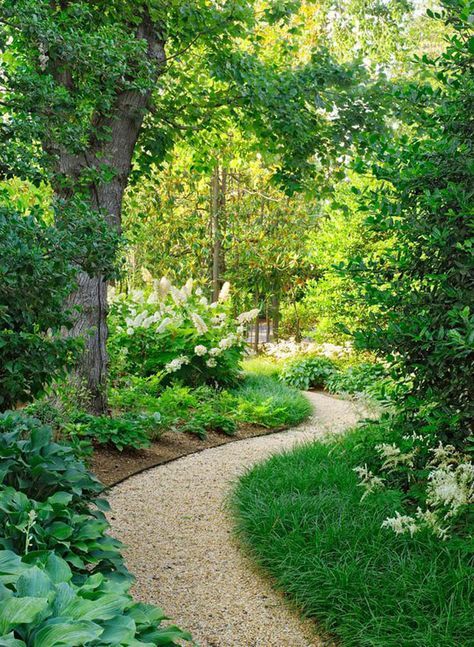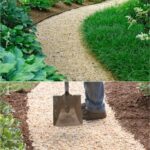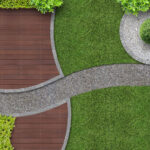Garden paths are not just functional elements that help you navigate through your outdoor space; they also add aesthetic appeal and character to your garden. When designed and installed properly, garden paths can enhance the overall look of your garden and create a sense of unity in your landscaping.
One of the most important considerations when designing garden paths is the material you choose. There are a variety of options available, including gravel, concrete, brick, stone, and wood. Each material has its own unique advantages and can complement different styles of gardens. For example, gravel paths are easy to install and provide a casual, rustic look, while stone paths offer a more formal and elegant appearance.
The layout of your garden paths is also crucial in creating a cohesive and visually appealing design. Curved paths can add a sense of movement and interest to your garden, while straight paths provide a more formal and structured look. Consider incorporating curves and angles in your garden paths to create a dynamic and visually stimulating landscape.
Incorporating lighting along your garden paths can not only enhance the functionality of the paths at night but also create a magical and inviting atmosphere in your garden. Pathway lights, lanterns, and string lights can illuminate your paths and highlight key features in your garden, such as flower beds, trees, and decorative elements.
Another important aspect to consider when designing garden paths is the width and surface of the paths. Pathways that are too narrow can feel cramped and uncomfortable, while paths that are too wide can overwhelm the space. Opt for a width that allows for easy passage and comfortable walking. Additionally, ensure that the surface of your paths is smooth and level to prevent tripping hazards.
Finally, consider incorporating hardscaping elements such as borders, edging, and stepping stones along your garden paths to add visual interest and define the path. Borders and edging can help delineate the path and prevent erosion, while stepping stones can create a whimsical and charming effect. These hardscaping elements can also complement the overall design of your garden and tie together different areas of your outdoor space.
















